
At Craft Brewing Business, we’re always interested in that next step, either documenting a brewer taking it or helping other aspiring brewers get there. Next steps are especially relevant these days because so many craft brewers out there are riding the wave of increased consumer demand and starting to hit that capacity/output ceiling. No reason a ceiling should stop any one — crash through that thing, Wonkavator-style.
But when you do so (whether it’s front-ways or side-ways or slant-ways), be sure you’ve thought about it holistically. To inject some smarts into the proceedings, we contacted Michael Lewis, a Ph.D. and professor emeritus of brewing science at the University of California, Davis, which offers a renowned brewing program — the only North American programs accredited by the prestigious Institute of Brewing and Distilling in London. Lewis has authored more than 100 scholarly papers and co-authored the flagship text Brewing.
Lewis’ advice emphasized the importance of maintaining both brew quality and integral business strategy. Over emphasizing one will ultimately cause a detriment to the entire operation.
Do not miscalculate
For starters, any brewer that’s looking to expand operations and brew in larger quantities, Lewis said it’s potentially a sign of an initial miscalculation. You might not have purchased or built a large enough plant in the beginning of your journey. If that’s potentially the case, you definitely do not want to make that mistake again. (We will actually have a more in-depth look at just how you should think about space planning in the coming weeks. Stay tuned.)
He noted that, obviously, the new, larger plant will also be more expensive to run (materials, energy, people), and that all needs to be built into the budget and then exceed by additional jumps in profit that arrive as a result of the enhancements.
“Make sure you make the business case for the larger plant not merely the technical one,” Lewis said.
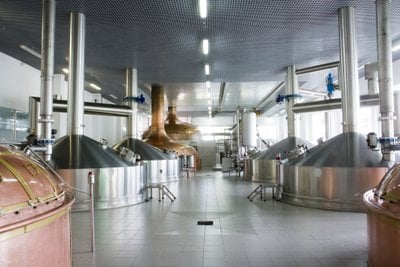
What to buy? What to think about?
Some of Lewis’ thoughts on the right equipment to buy for this next step up (dependent on the project):
- You may need to install CIP (cleaning in place) equipment in a larger plant where manual was OK for a small one;
- Maybe steam instead of direct fired;
- Hard piping and larger pumps;
- If multiple wort lengths are going into one fermenter make sure they mix properly;
- Match everything for size: If some equipment is undersized, processes of mass flow or heat transfer, etc., take too long and introduce risk; and
- Make sure there is enough space to accommodate the new equipment and still allow sufficient access for workers.
Maintaining taste
But let none of this minimize the importance of maintaining the sanctity of your recipes. After all, those recipes and chemistries put you in expansion mode in the first place.
“Keep in mind that flavor matching during a scale up is a challenging art, and larger equipment is usually more efficient at extraction than smaller equipment,” Lewis noted. “A larger enterprise may require additional investment in quality control.”
Spring for quality help
“There are now numerous such program of instruction and some offer formal qualifications,” Lewis said, “Such employees come up to speed very rapidly and will not make egregious mistakes that could be costly in many different ways and even physically dangerous. Take on a worker as an apprentice at first to see how he or she fits with the existing team. Breweries are dangerous places and no-one should be let loose in a brewery while ignorant of things that can kill, destroy the plant, spoil the product and even endanger consumers. ”With more brewing power comes more brewing responsibility — which means more people need to be hired to handle it all. Lewis recommends brewery owners look for those that have made the investment to acquire formal training in brewing.
“There are now numerous such program of instruction and some offer formal qualifications,” Lewis said, “Such employees come up to speed very rapidly and will not make egregious mistakes that could be costly in many different ways and even physically dangerous. Take on a worker as an apprentice at first to see how he or she fits with the existing team. Breweries are dangerous places and no-one should be let loose in a brewery while ignorant of things that can kill, destroy the plant, spoil the product and even endanger consumers. ”
Lewis also recommended sending present employees to short programs that offer training, as well as continuing education for even the most experienced brewing members of the staff — including yourself.
“They will appreciate the investment and recognition,” he said.
Do you have specific questions you are pondering about your business plan or next move in the business of brewing? Or maybe you have some tips that really worked out for you and you’d like to spread the word. Either way, drop us a line at [email protected] and we will try and work this question or expertise into an upcoming article for Craft Brewing Business.

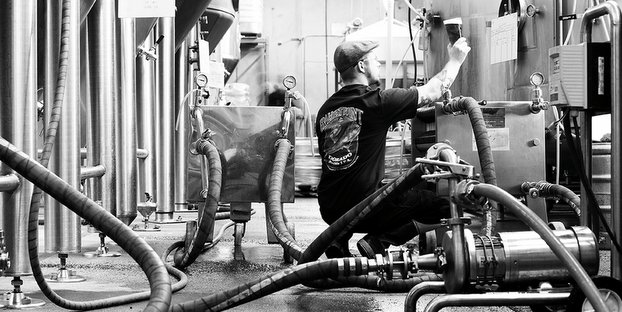
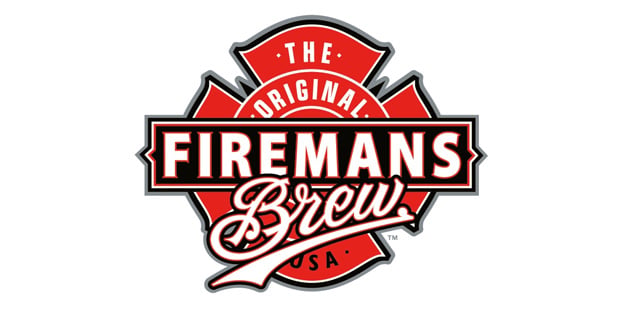
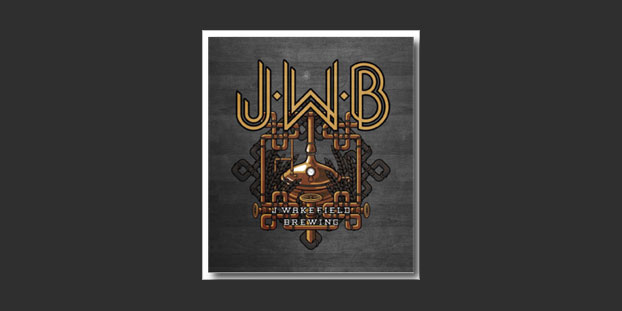
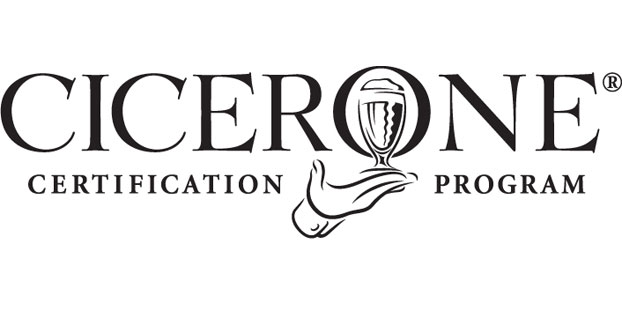
RT @CraftBrewingBiz: Brewing new business: Sensible advice for your next step in brewery expansion. http://t.co/aTwGP1qVHW